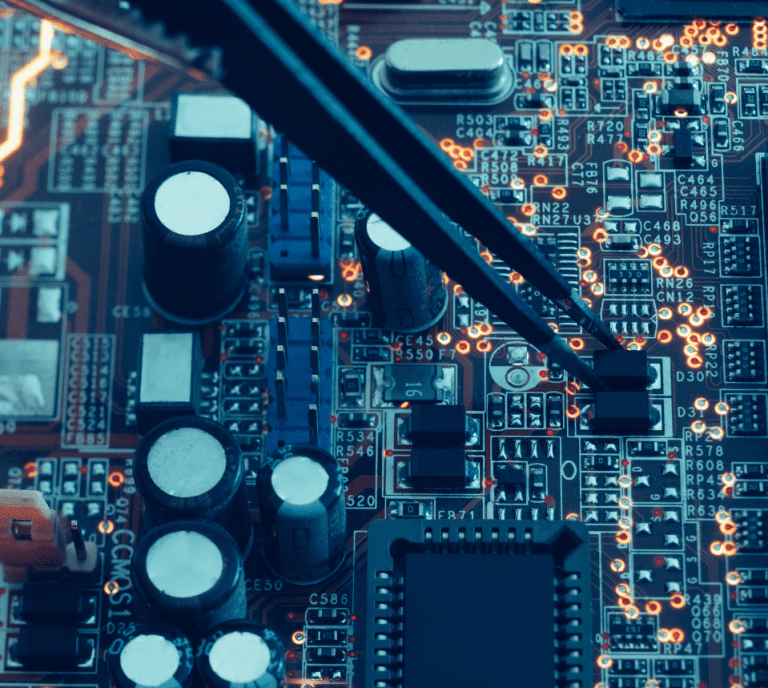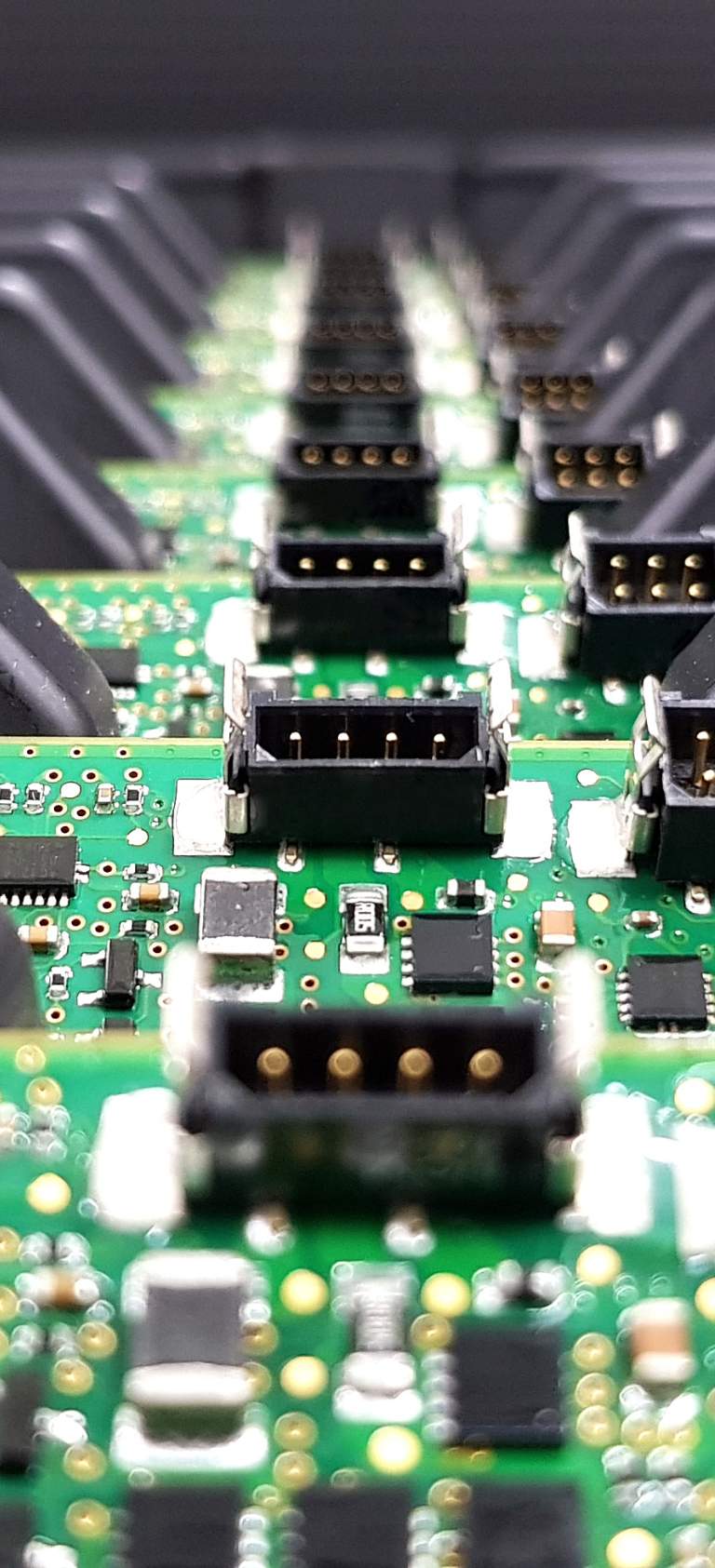This could be the time for Electronic Manufacturing Services (EMS) and Printed Circuit Board Assembly (PCBA) companies to plan their exit strategy, or for companies looking to expand through acquisition.
The PCBA (Printed Circuit Board Assembly) sector, as a part of the broader Electronic Manufacturing Services (EMS) industry, is subject to the influence of evolving consumer preferences and new distribution models. Consumer preferences play a crucial role in shaping the demand for electronic products, including features, performance, and design. As consumers seek smaller, lighter, and more advanced devices, the PCBA sector needs to adapt to meet these changing requirements.
Entrepreneurs understand that industry consolidation is a valuable opportunity for seeking strategic growth and gaining a competitive edge, while founders and business owners looking to transition ownership are ready to strike while the iron is hot for the industry.


The global printed circuit board (PCB) market is expected to reach an estimated $107.3 billion by 2027 with a Compound Annual Growth Rate (CAGR) of 4% from 2021 to 2027.
New distribution models such as e-commerce, direct-to-consumer sales, and the rise of IoT (Internet of Things) devices have transformed the way electronic products are manufactured, distributed, and consumed.
These changes impact the sector by introducing new challenges and opportunities. Manufacturers must be flexible and responsive to accommodate shorter product life cycles, customized product variations, and faster time-to-market demands.
The Electronic Manufacturing Services market is rapidly driven by advancements in technology and increasing demand for electronic devices.
With the rise of Internet of Things (IoT) and smart devices, the market is expected to continue its upward trajectory, fueled by innovations in miniaturization, automation, and connectivity.
To stay competitive and meet evolving consumer preferences, EMS and PCBA companies are investing in advanced manufacturing technologies, automation, and robotics to enhance productivity, reduce costs, and improve the overall efficiency of the assembly process that drives value.
Major drivers for this market are increasing demand for PCBA in the communication industry, growth in connected devices, and growth in automotive electronics.
The worldwide electronics manufacturing services market is predicted to develop at a CAGR of 5.2% from 2021 to 2026.
The global PCB market is expected to reach an estimated over $100 billion by 2027 in Aerospace, Automotive, Defence & Government Services, Wireless Communication & Infrastructure, Consumer & Industrial Electronics.
The PCBA industry will be dominated by businesses that invest in new equipment, certifications, people, and systems. However, the fastest way to outpace the competition is through strategic M&A that allows people, processes, and existing contracts to create economies of scale.

Electronic Manufacturing Services (EMS) refers to the outsourcing of design, manufacturing, assembly, and testing of electronic components and devices by specialized companies.
EMS includes through hole, wire harnesses, cable harnesses, surface mount technology and box builds to support assembly, technology, and design-driven services.
Your electronic circuits come to life physically with printed circuit board assembly (PCBA). To define electrical connectivity on a manufactured circuit board, layout software combines component placement and routing.
Without Printed Circuit Boards, electronically manufactured devices would not be able to function. They are essential in connecting different components and allowing for communication between them.
PCBs are commonly required for smartphones, computers, and Internet of Things (IoT) devices such as smart speakers. Household electronics such as microwaves and refrigerators also rely on PCB but increasingly PCBA supports Aerospace, Automotive, Government Defense Services and associated Communications markets.
The PCB and the PCBA are the results of two different steps of the same process. A PCB is a blank circuit board without electronic components attached, whereas a PCBA is a completed assembly with all the necessary components to make the board function as needed. Unlike PCBs, PCBAs are ready for use in electronic devices.
Schedule a discovery call with our senior advisory team so we can understand your needs.

© River’s Edge Alliance Group, LLC. | 2024 All Rights Reserved.